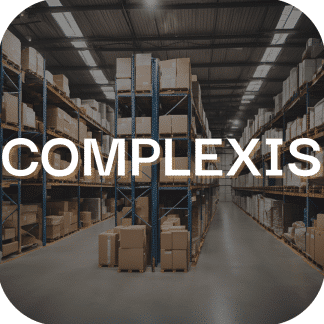Description
Storekeeper SIPOC
A SIPOC diagram is a tool used to identify all the relevant elements of a process improvement project before the work begins. It helps define a complex project that might not be well scoped, and is typically employed at the Measure phase of the Six Sigma DMAIC methodology. SIPOC stands for Suppliers, Inputs, Process, Outputs, and Customers. Here’s a simplified SIPOC diagram for the data input and output of a storekeeper in the manufacturing industry:
Suppliers:
- Vendors/suppliers providing goods and materials.
- Production department for finished goods.
- Procurement department for purchasing data.
- Logistics providers for delivery information.
Inputs:
- Purchase orders.
- Delivery schedules.
- Inventory levels.
- Goods receipt notes.
- Return requests.
Process:
- Receiving Goods:
- Verification of goods received against purchase orders.
- Inspection for quality and quantity.
- Entry of goods received into the inventory system.
- Storing Goods:
- Allocation of storage location.
- Update of inventory levels in the system.
- Inventory Management:
- Regular stock checks and audits.
- Inventory level reporting.
- Reorder process initiation.
- Dispatching Goods:
- Processing orders for production or customer delivery.
- Updating the inventory system with goods issued.
- Preparing dispatch notes and invoices.
- Inventory Optimization:
- Analyzing data for inventory trends.
- Identifying opportunities for reducing waste.
Outputs:
- Updated inventory records.
- Reports on stock levels and movements.
- Data on inventory turnover rates.
- Purchase and return orders processed.
- Records of goods received and dispatched.
Customers:
- Production department requiring materials.
- Sales department for customer order fulfillment.
- Finance for inventory valuation and cost analysis.
- Supply chain management for inventory planning.
- Customers receiving the final product.
The storekeeper’s role is to manage these components to ensure efficient inventory control, accuracy of data records, and timely availability of materials for production and customers.




